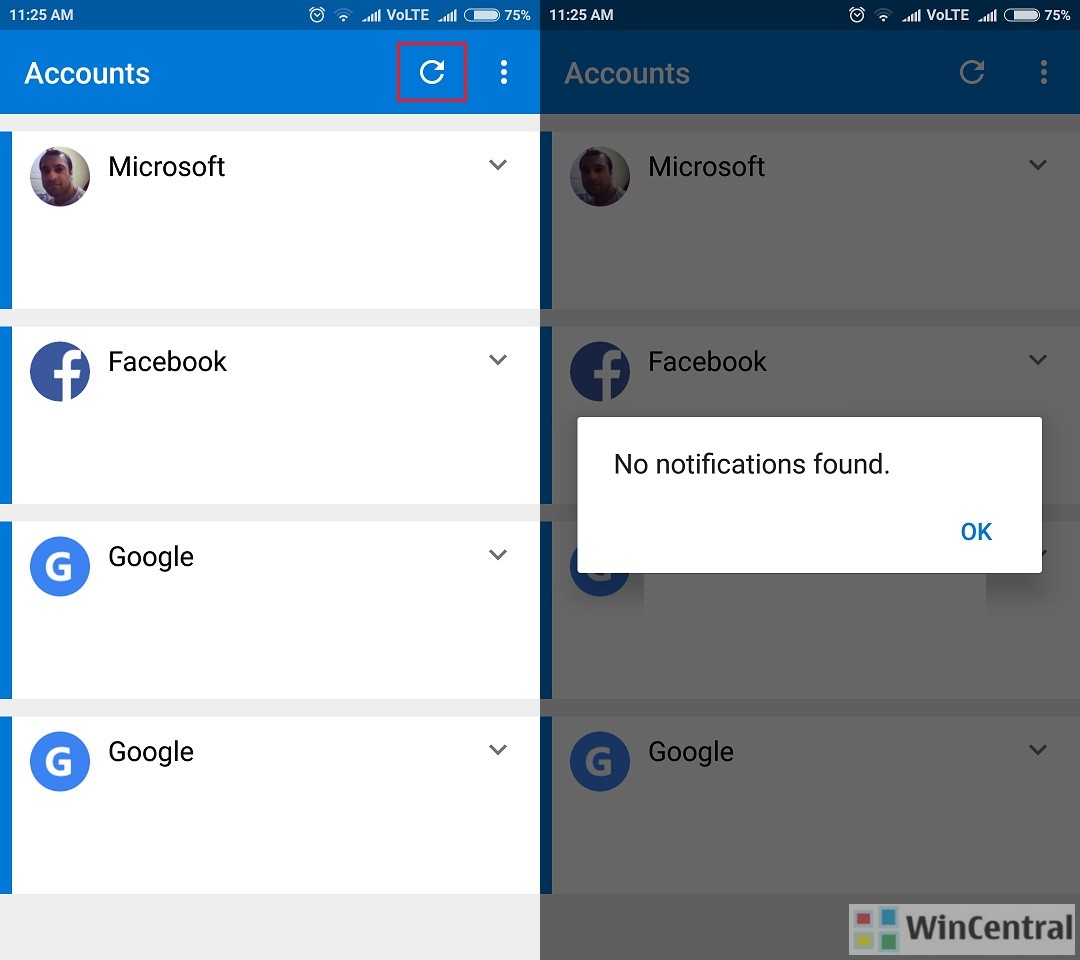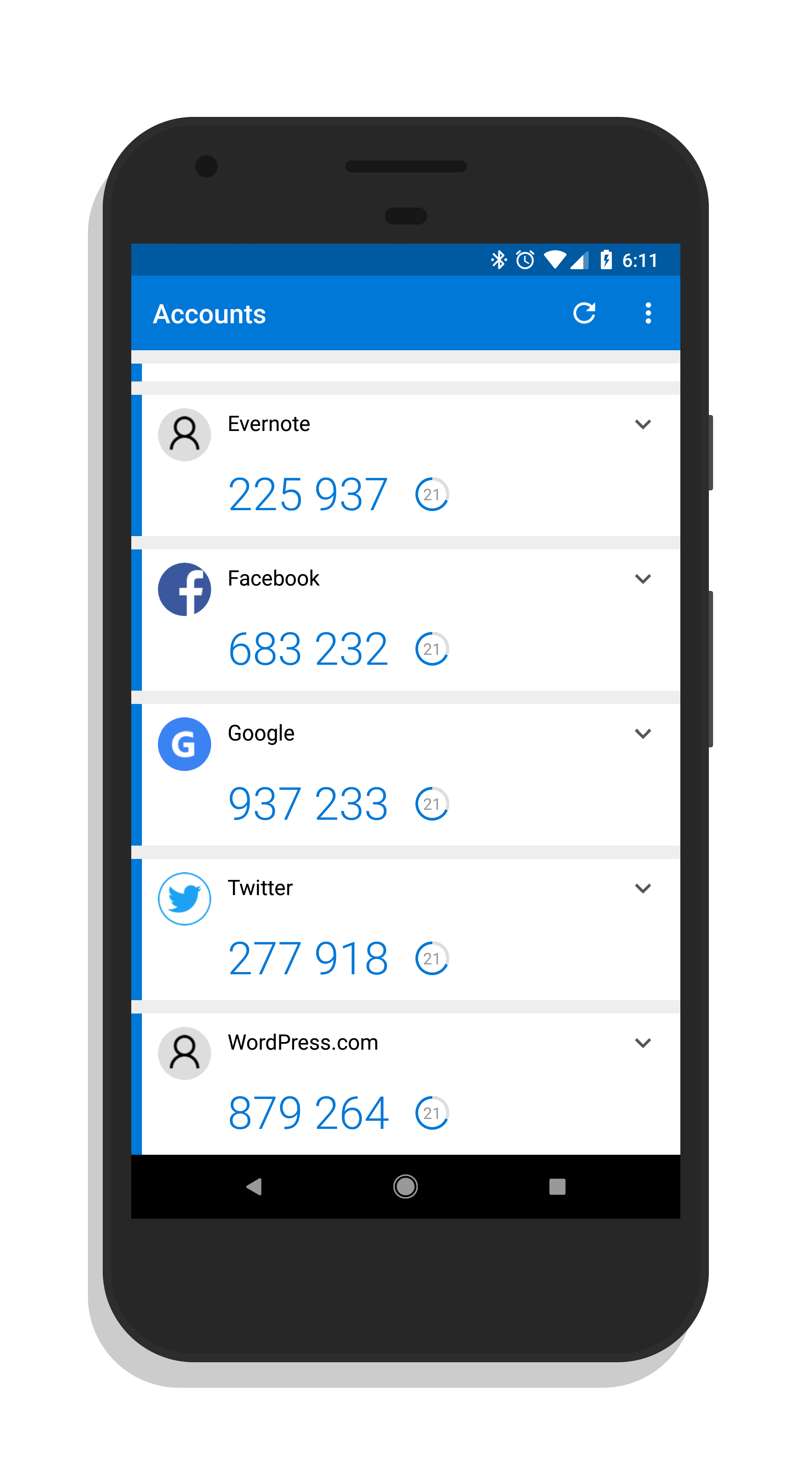

To ensure the highest level of security for self-service password reset when only one method is required for reset, a verification code is the only option available to users. Users may have a combination of up to five OATH hardware tokens or authenticator applications, such as the Authenticator app, configured for use at any time. The verification code provides a second form of authentication. After entering your username and password, you enter the code provided by the Authenticator app into the sign-in interface. The Authenticator app can be used as a software token to generate an OATH verification code. For Android devices ,alternate authentication methods should be made available for those users. If your organization has staff working in or traveling to China, the Notification through mobile app method on Android devices doesn't work in that country/region as Google play services(including push notifications) are blocked in the region. Users view the notification, and if it's legitimate, select Verify.


The Authenticator app can help prevent unauthorized access to accounts and stop fraudulent transactions by pushing a notification to your smartphone or tablet. To get started with passwordless sign-in, see Enable passwordless sign-in with the Microsoft Authenticator. This authentication method provides a high level of security, and removes the need for the user to provide a password at sign-in. When the correct number is selected, the sign-in process is complete. Instead of seeing a prompt for a password after entering a username, a user that has enabled phone sign-in from the Authenticator app sees a message to enter a number in their app.

Instead, users can register their mobile app at or as part of the combined security info registration at. Users don't have the option to register their mobile app when they enable SSPR. To use the Authenticator app at a sign-in prompt rather than a username and password combination, see Enable passwordless sign-in with the Microsoft Authenticator. If you enable both a notification and verification code, users who register the Authenticator app can use either method to verify their identity. Users may receive a notification through the mobile app for them to approve or deny, or use the Authenticator app to generate an OATH verification code that can be entered in a sign-in interface. With the Microsoft Authenticator app, users can authenticate in a passwordless way during sign-in, or as an additional verification option during self-service password reset (SSPR) or multifactor authentication events. The Microsoft Authenticator app provides an additional level of security to your Azure AD work or school account or your Microsoft account and is available for Android and iOS. Authentication methods in Azure Active Directory - Microsoft Authenticator app


 0 kommentar(er)
0 kommentar(er)
